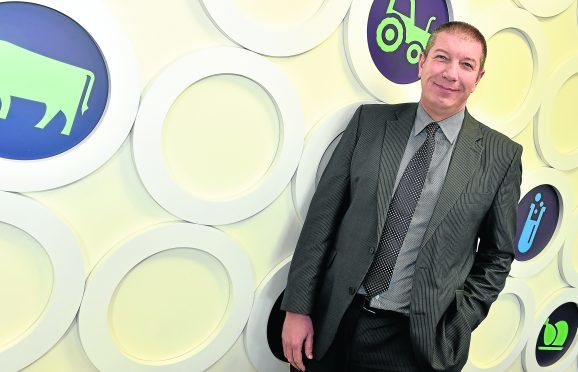The head of food crime investigation in Scotland has warned festive revellers to be on the lookout for “too good to be true” food and drink in the run up to New Year’s Eve – or face dangerous consequences.
Former police officer Ron McNaughton has led the Scottish Food Crime and Incidents Unit for almost two years.
The organisation, which is part of Food Standards Scotland, was established in the wake of the horsemeat scandal of 2013 and is tasked with ensuring food and drink across the country is both safe to consume and exactly what it says on the tin.
Based in Aberdeen, the unit has been involved in a number of high profile investigations since it first opened, including the revelations regarding the Hebridean Sea Salt company earlier this year.
Mr McNaughton explained that although the team works all year round to ensure counterfeit food doesn’t make its way into the hands of consumers, the Hogmanay period presents a great deal of risk for those out for a cheap deal.
He said: “People are looking for a bargain, and the last thing you would want to do in terms of food would be to take up that bargain without knowing the provenance of what you’re buying.
“But over the festive period, there is of course a lot of alcohol purchased. Let’s say for example you’re offered some champagne out of the back of a white van.
“It’s a lot cheaper, but you don’t know where that champagne has come from, and you don’t know if it has been processed in a compliant manner in accordance with regulations.
“With alcohol, in the past we’ve seen methanol being used, which can cause blindness or can even cause death.
“If somebody is paying a cheaper price, it can be quite attractive, and unfortunately it can be quite attractive to those that are vulnerable in our society.”
Mr McNaughton, 52, said his team of 10 carry out their inquiries across Scotland in accordance with many of the same principles followed by the police: “I worked in the fraud field for years in my time with the police, and what you find here is the same as I found during my time with the police – people are looking to make economic gain, pretty much with a complete disregard to any consequences.
“They do not think about how their actions can have an impact on consumers or businesses, they only care about making money.
“If something is too good to be true, it often is, and folk should be wary of that. Anything you purchase, be it food or drink, should be bought from a reputable business.
“Some of the most important sources of information for our inquiries are consumers and whistleblowers within the food and drink industry.
“We have our Scottish Food Crime Hotline, which was launched in August 2016, which has so far been very successful as a source of intelligence.
“If anyone has any concerns, they can call the hotline at any time on 0800 028 7926.”
